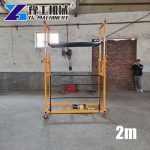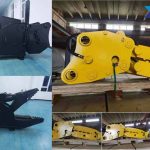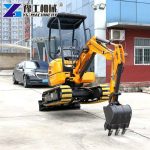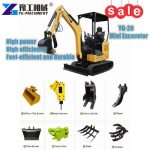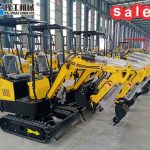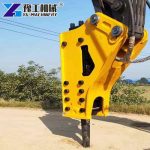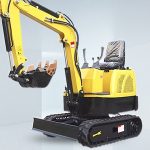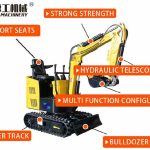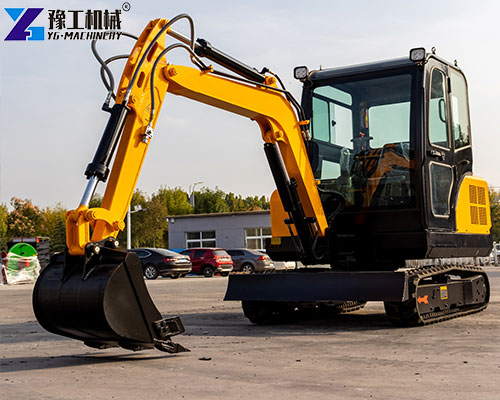
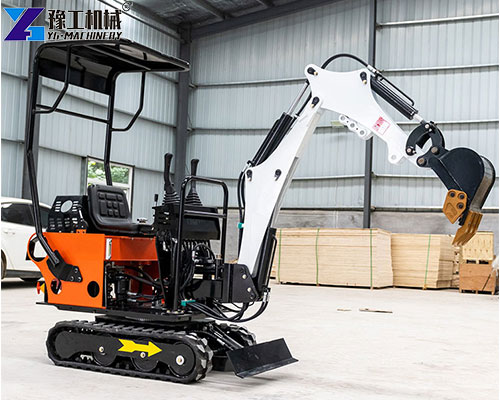
As people’s demand for construction machinery and equipment continues to increase, there are more and more types of excavator machine, and the market share is also increasing year by year. YG Machinery classified excavators according to their operating characteristics and briefly introduced their respective characteristics.
Excavator types and sizes
Different sizes
According to different sizes, excavators can be divided into large excavators, medium excavators and small excavators. The classification of large, medium and small excavators is based on tonnage.
Generally, those below 20 tons are small excavators, those between 20 and 30 tons are medium-sized excavators, and those above 30 tons are large excavators. category. The size difference between excavators is equivalent to their respective fuel consumption differences.
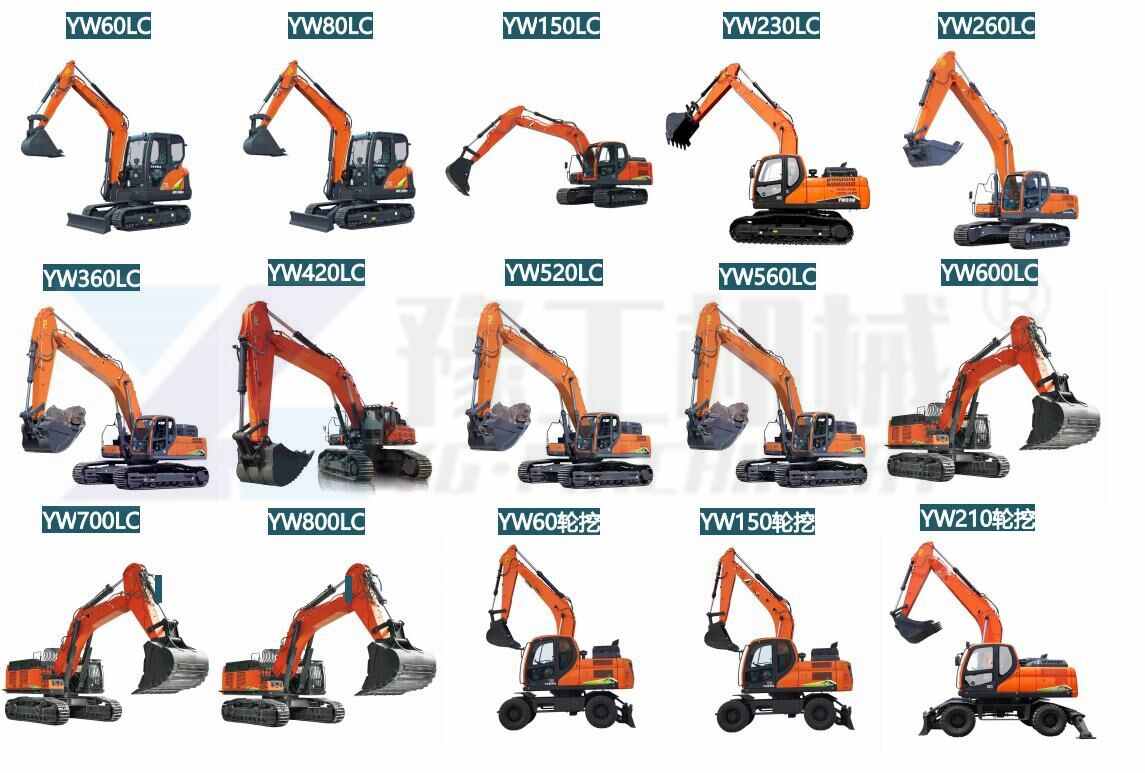
Driving Mode
According to the driving mode, there are two types of excavators driven by internal combustion engines and excavators driven by electric power.
- Electrically driven excavators are mainly used in hypoxic plateaus, underground mines and other flammable and explosive places.
- Compared with internal combustion engine driven excavators, they are less mobile.
Different Walking Methods
According to different walking methods, excavators can be divided into crawler excavators and wheeled excavators.
- Crawler excavators are widely used and can operate in mines or places with harsh working conditions. They have strong off-road capabilities, but have poor mobility and are more expensive than wheeled excavators.
- Wheeled excavators have smaller investments and are faster to move. However, the scope of use is narrow, mostly in road administration or urban engineering, and the climbing ability is poor.
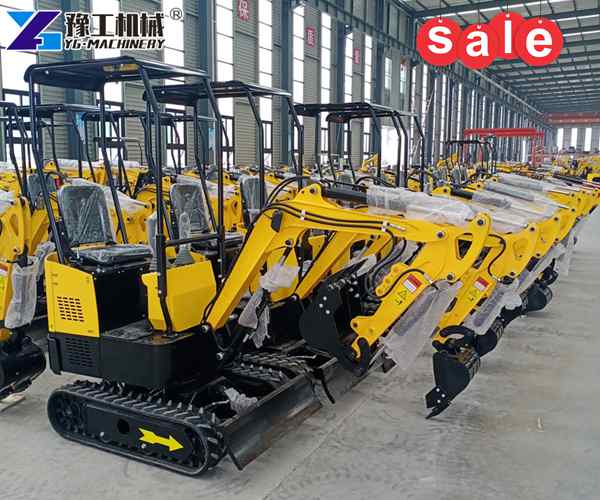
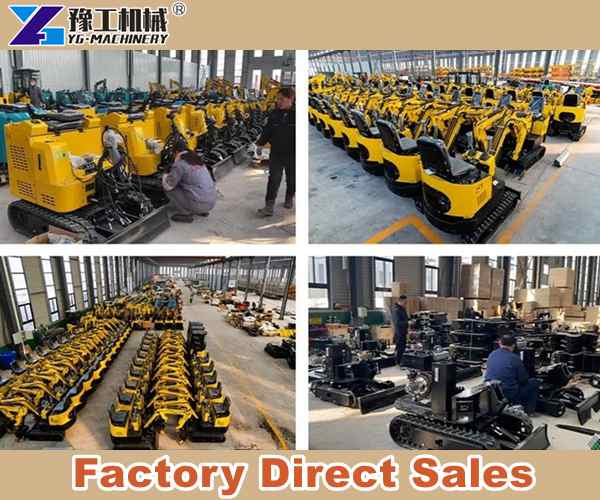
Different Transmission Methods
According to different transmission methods, excavators can be divided into hydraulic excavators and mechanical excavators.
- Hydraulic excavators rely on hydraulic cylinders to operate. They are multi-functional machines that are widely used in transportation, mining and other mechanical construction. They ensure quality and quantity and play a significant role in improving labor productivity.
- Mechanical excavators rely on wire ropes and gears. The runner operation is to use a bucket to excavate materials higher or lower than the bearing surface, and load them into transport vehicles or unload them to the stockyard. The excavated materials are mainly soil, coal, sediment and pre-loosened materials. soil and rocks.
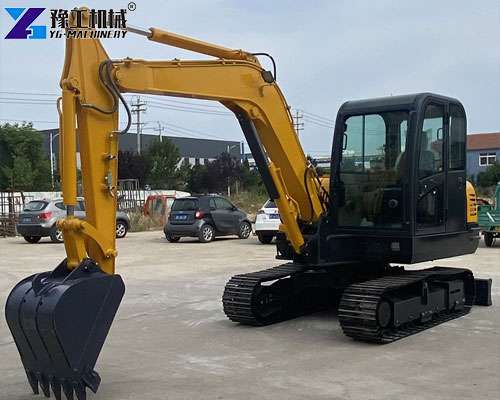
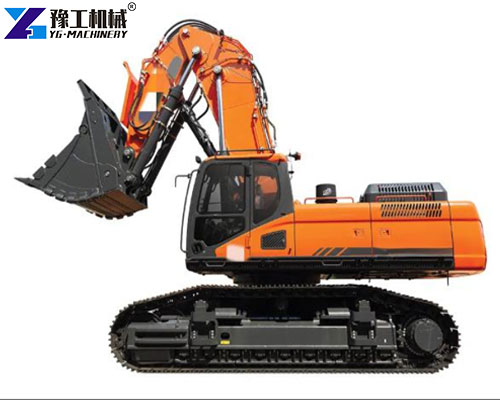
Bucket of Excavator
According to the bucket, excavators can be divided into front shovel excavators and backhoe excavators.
Front shovel excavators are mostly used to excavate materials above the ground surface, while backhoe excavators are mostly used to excavate materials below the ground surface.
The bucket of a front shovel excavator is larger than that of a backhoe excavator of the same size.
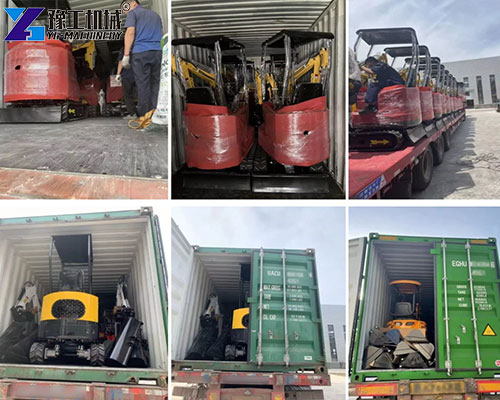
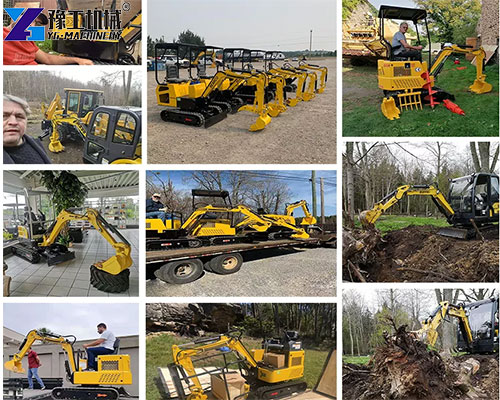
Excavator for Sale in YG Machinery
YG Machinery provides a wide range of excavators and excavator attachments, including high-performance mini excavator diggers that are ideal for various construction and landscaping projects. With excellent quality and competitive prices, our excavators have become a top choice for bulk exports, earning positive feedback from global customers. Contact us today to learn more details and get your best deal now!
【WhatsApp/WeChat/Phone】+86 13837115193.
You may like also: All types of attachements for excavators


